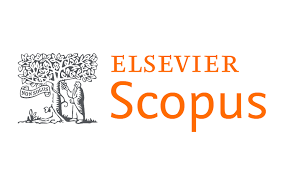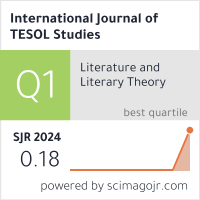2632-6779 (Print)
2633-6898 (Online)


Scopus
Ulrich’s Periodicals Directory (ProQuest)
MLA International Bibliography
MLA Directory of Periodicals
Directory of Open Access Journals (DOAJ)
QOAM (Quality Open Access Market)
British National Bibliography
WAC Clearinghouse Journal Listings
EBSCO Education
ICI Journals Master List
ERIH PLUS
CNKI Scholar
Gale-Cengage
WorldCat
Crossref
Baidu Scholar
British Library
J-Gate
ROAD
BASE
Publons
Google Scholar
Semantic Scholar
ORE Directory
TIRF
China National Center for Philosophy and Social Sciences Documentation
Xiaolong Liu
Danyang Zhang
Shenzhen University, China
Abstract
In today’s digital age, where students are immersed in a vast array of digital media, understanding new media literacy (NML) is important. This is especially the case for junior high school students who are generally considered to be ‘digital natives’ and are at the critical age of value formation. In language learning, self-efficacy (SE) cannot be underestimated because of its impact on students’ language learning performance. Although previous studies offer meaningful insights into the effects of NML and SE in English learning, they have concentrated chiefly on college students. Few studies have provided solid theoretical and empirical support for the potential relationship between these two constructs among junior high school students. In this study, we investigated 400 Grade 8 students. We used two highly reliable and valid questionnaires to evaluate students’ current NML and SE in English learning and their correlations. The results show that the students’ NML is above average; their SE in English study is average, and a strong positive correlation exists between their NML and SE in English learning. Specifically, their functional consuming (FC) ranked at the top of the NML scale, and their writing ranked highest on the SE scale. Thus, our results suggest that junior high school students need to focus more on their abilities to critically create media content and interactively participate in the new media environment. The findings illuminate the way to enhance students’ language competence in the digital context and assist educators in developing tailored strategies to equip students with the necessary competencies for success in today’s interconnected world.
Keywords
New media literacy, self-efficacy, junior high school students, correlation study